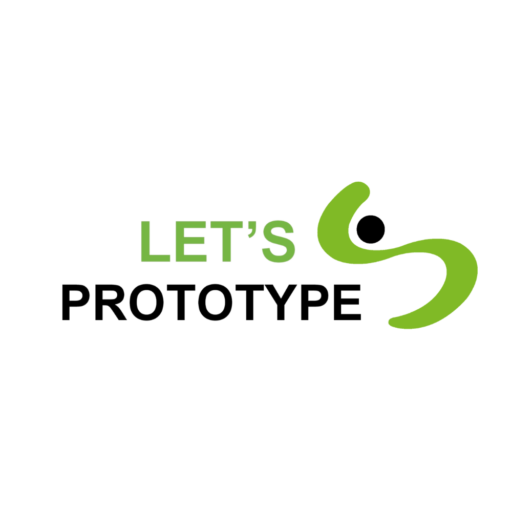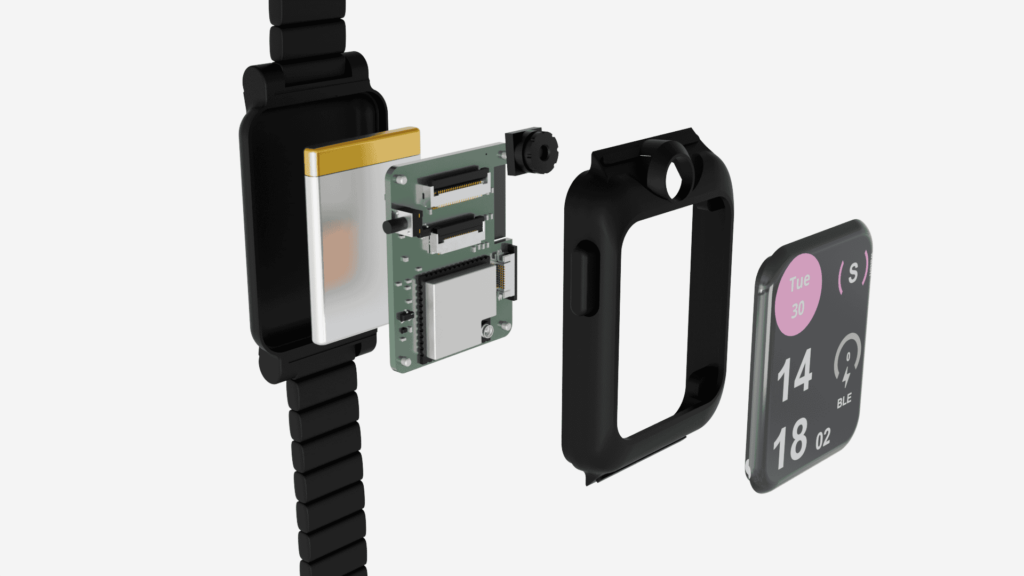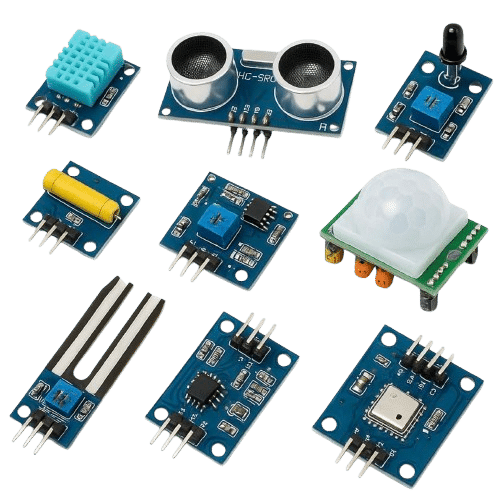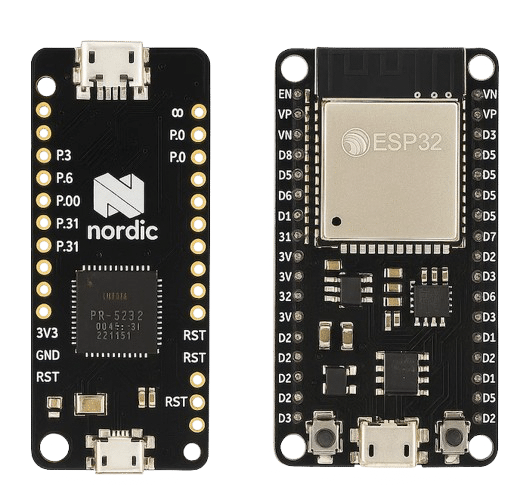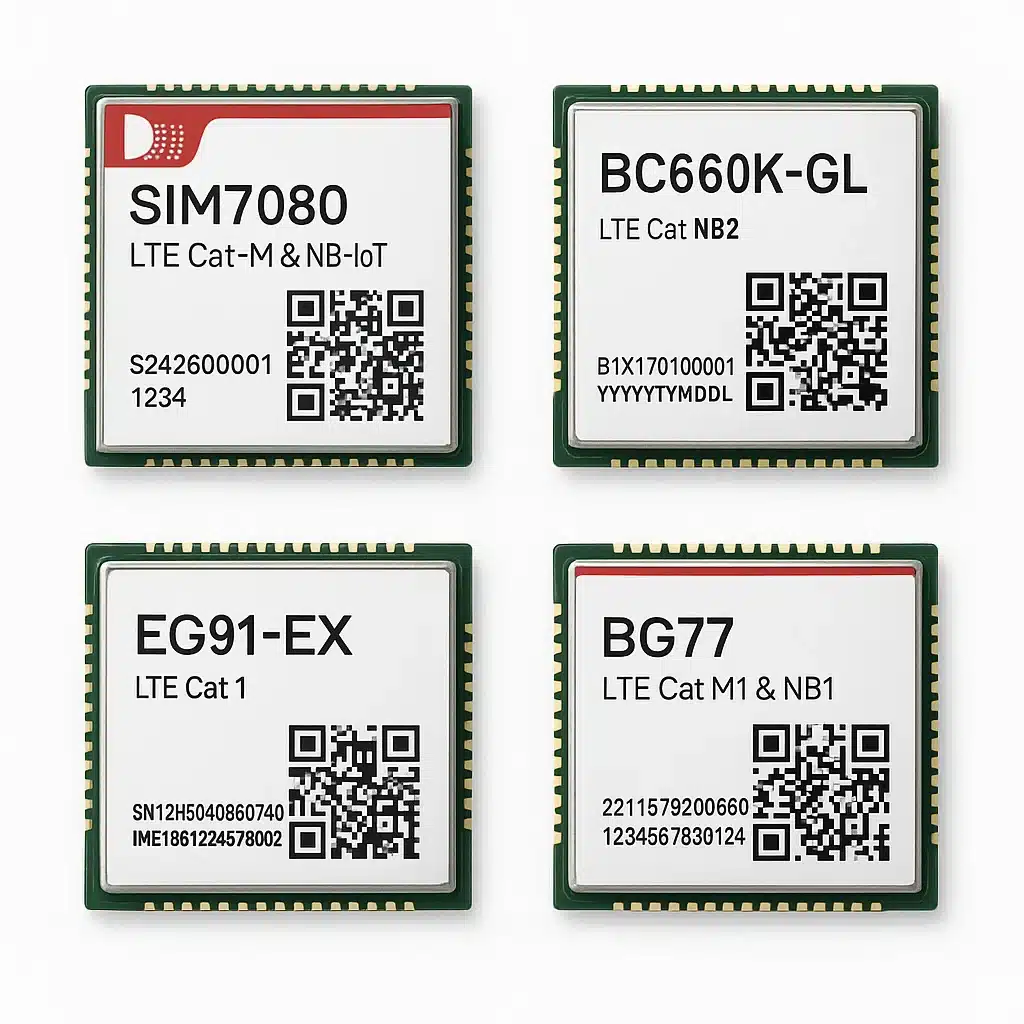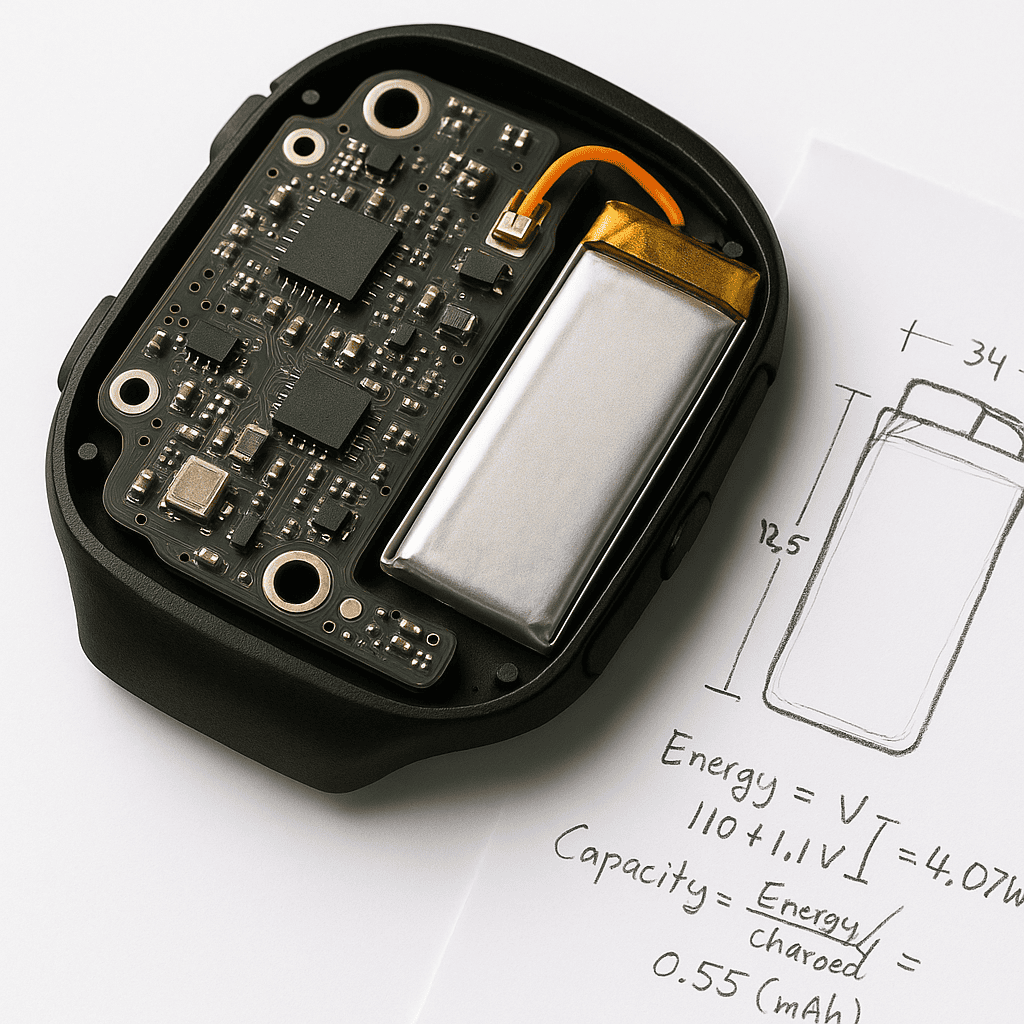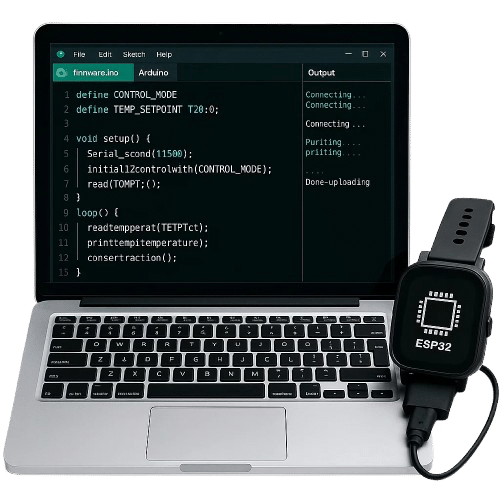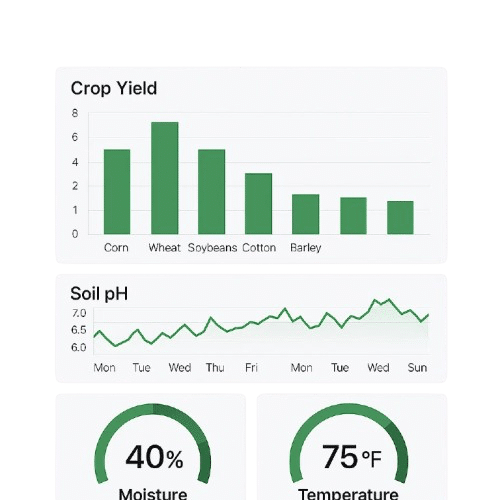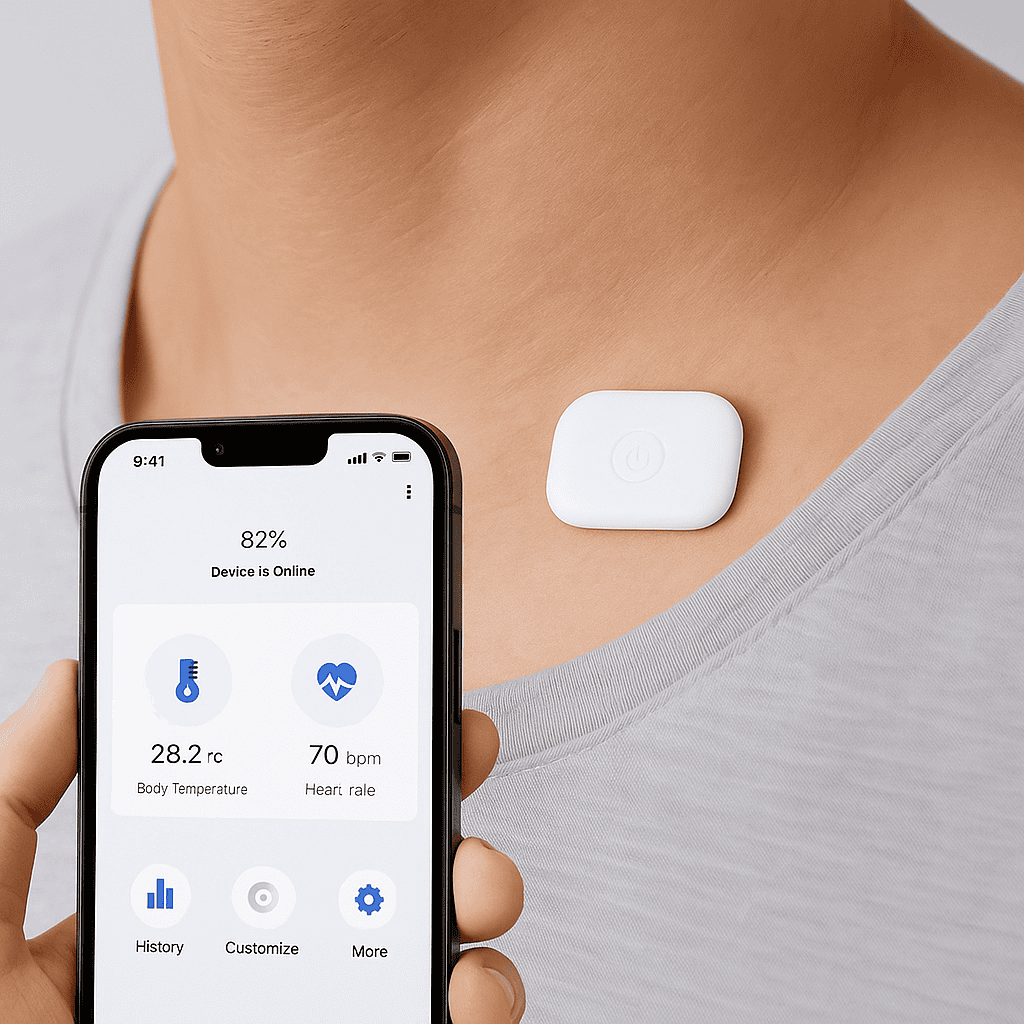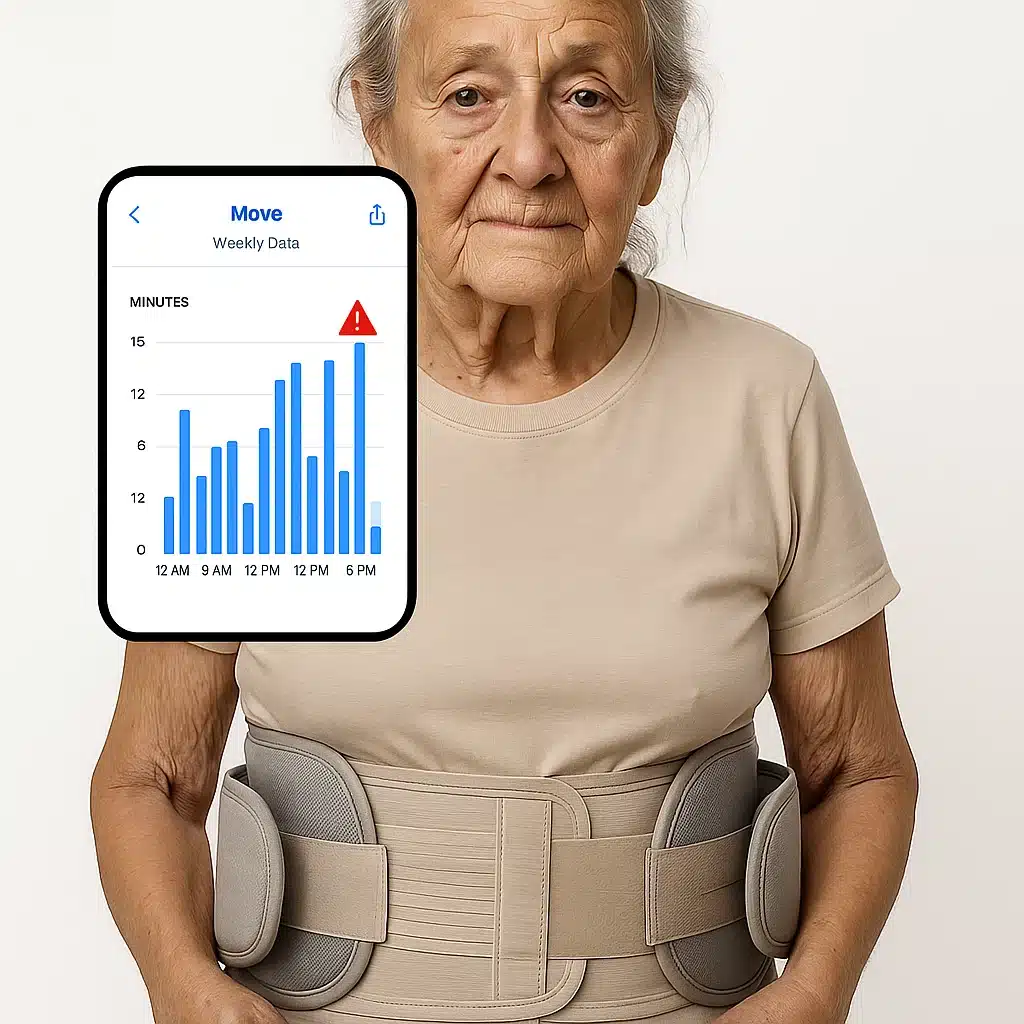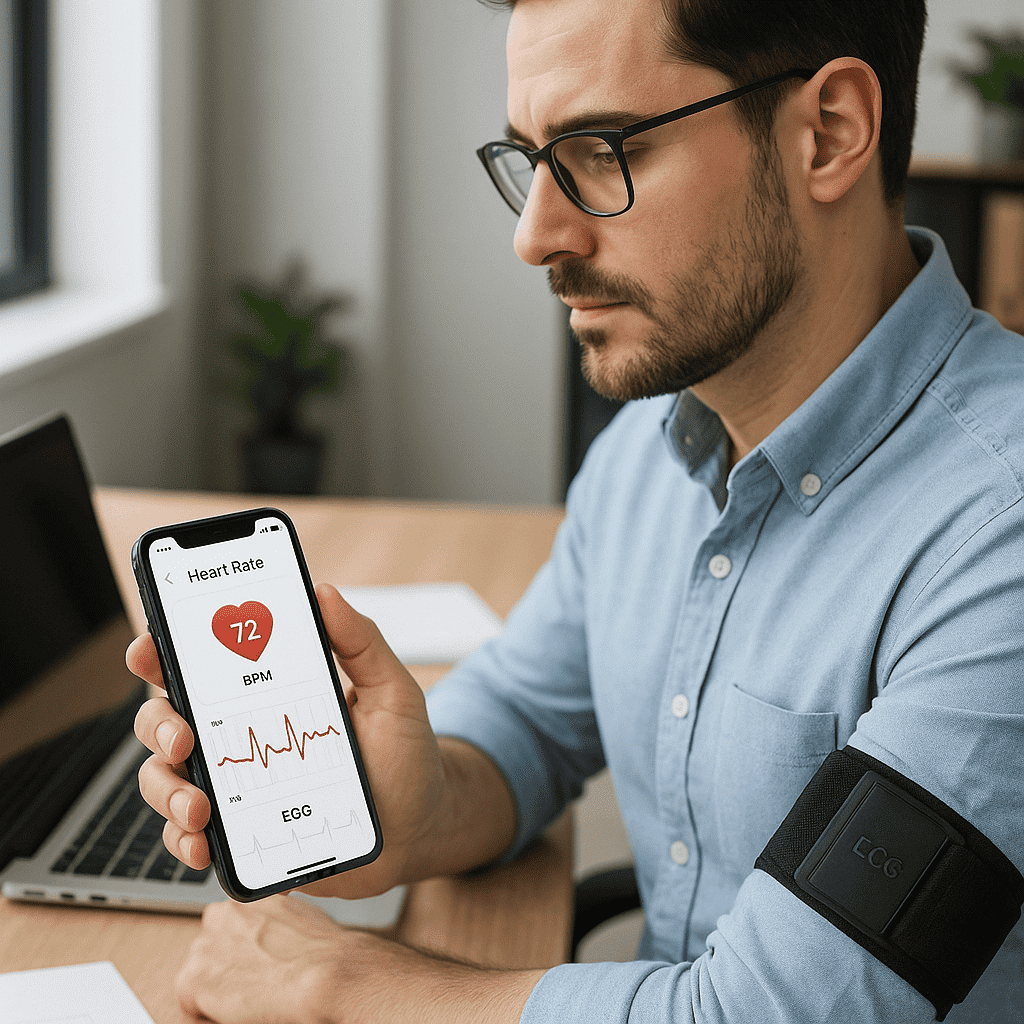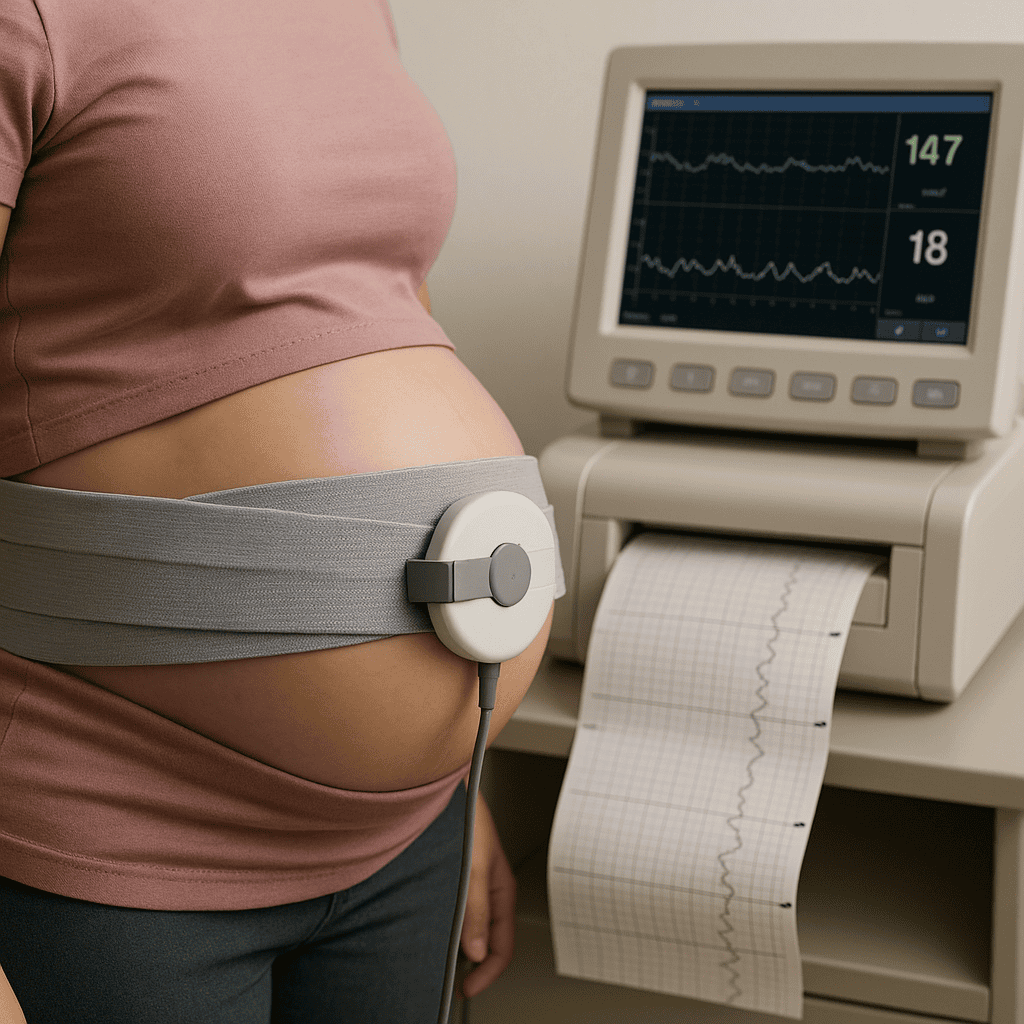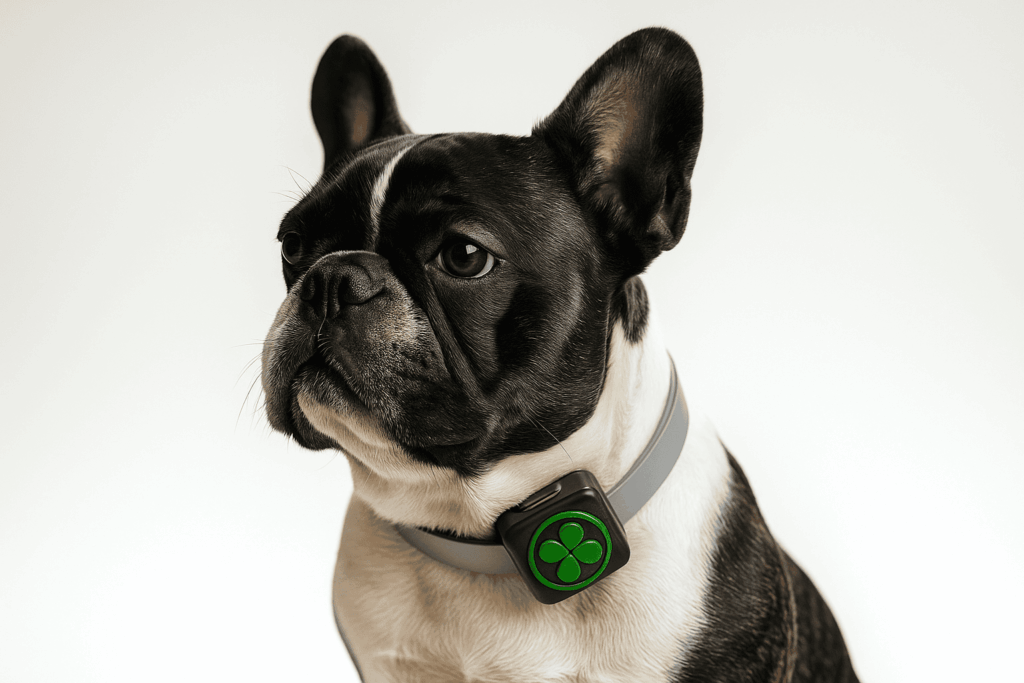Wearable smartwatches: Most smartwatches are wearable products capable of monitoring data such as physical activity, heart rate, oxygen levels, and sleep quality. Some of these parameters are measured through hardware sensors, while others are obtained by combining the captured signals.
Wearable bands: The well-known smartbands are wearable devices designed to continuously monitor activity and health parameters. In a society increasingly committed to personal care, this type of wearable has found a great opportunity.
Sports wearables: Sports wearable devices are a fusion between health monitoring and activity devices, although the most modern ones are capable of actively contributing to the user’s improvement in specific sports.
Safety wearables: The ability to include sensors and actuators in wearable prototypes has brought innovation focus to the development of wearable prototypes aimed at identifying risk situations among vulnerable groups, as well as responding through event communication and on-site alarms.
